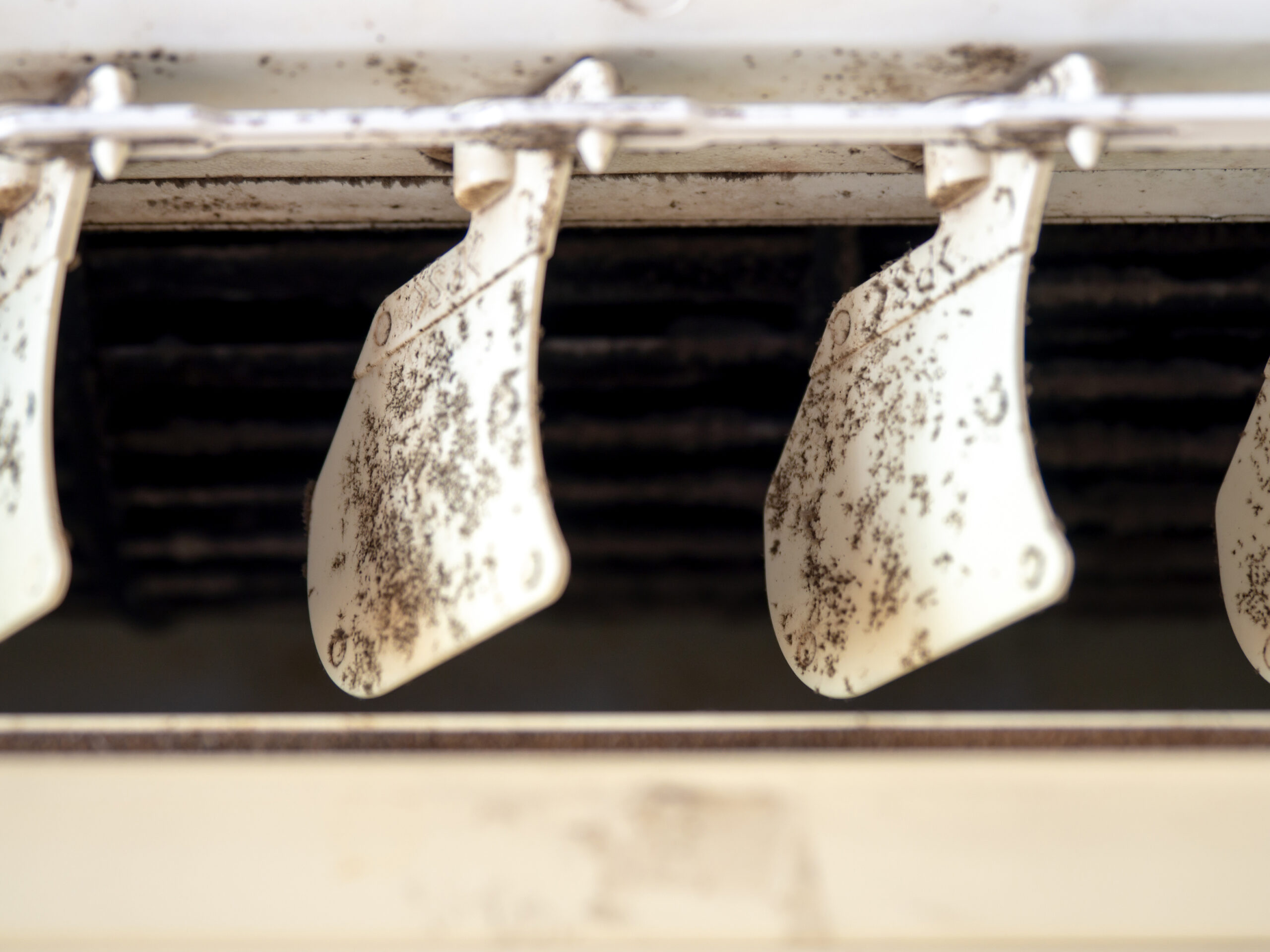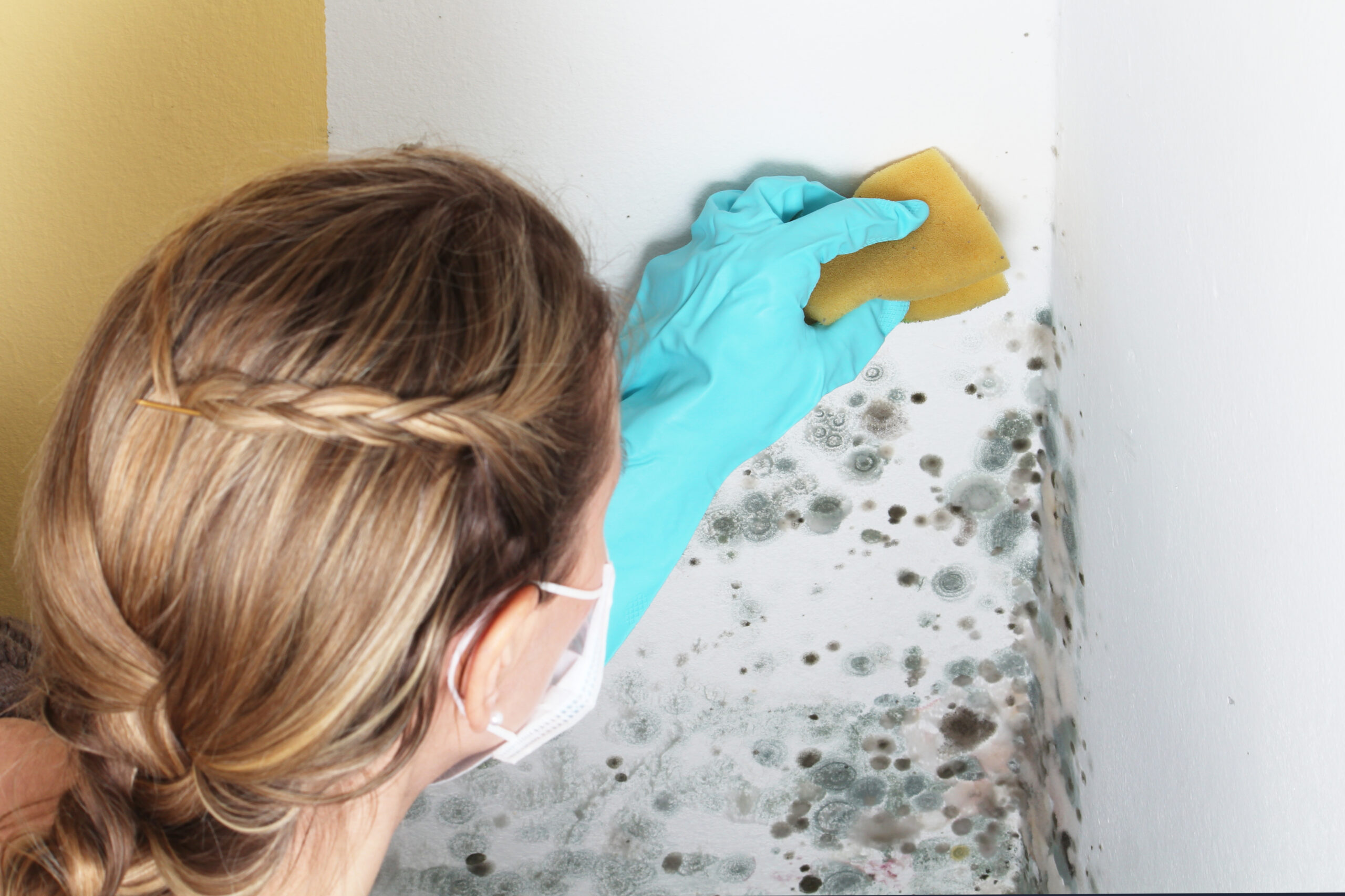Mold in the home can feel like a hidden menace. Sometimes, all you catch is a faint musty smell or a small dark patch, but the risks are serious! Mold not only damages property but also impacts health, triggering allergies, respiratory issues, and even skin irritation. To keep your home safe and healthy, here’s a comprehensive guide to spotting, tackling, and preventing mold, broken down by room. Let’s make sure your home stays fresh, clean, and mold-free!
How to Find Mold Behind Walls
Detecting mold behind walls can be challenging since it’s often not visible on the surface. However, there are still signs and clues that can help you figure out if mold is lurking within your walls.
Step-by-Step Guide to Detecting Mold in Walls
Finding mold behind walls may take a little investigating, but it’s worth it to protect both your health and your property. Here are some steps to find mold in walls that you can try:
- Check for Wall Discoloration:Look for unusual patches or streaks, especially yellow or greenish hues. Discoloration can signal both moisture and potential mold damage inside the wall.
- Notice Musty Odors in Walls:Mold growth often produces a musty odor. If you detect this earthy smell around a specific wall, it could be a sign of hidden mold.
- Detecting Hidden Mold with Tools:Use a moisture meter or infrared camera to spot areas where moisture is trapped inside the wall, which is a common sign of mold presence.
- Feel for Moisture in Walls:Touching the wall to see if it feels damp, especially near windows or plumbing, is another helpful step in detecting mold growth.
Hidden mold can be tricky to identify, so if you’re uncertain, consider getting a professional inspection to confirm and tackle any mold issues behind your walls.
How to Get Rid of Mold in Walls
Once you’ve identified mold on or behind your walls, it’s important to act quickly to remove it. Mold damage can spread if left untreated, affecting your home’s air quality and structural integrity.
Effective Ways to Remove Mold from Walls
Here are some proven methods to safely get rid of mold in walls and prevent it from returning:
- DIY Mold Scrubbing Techniques: For minor surface mold, mix water with a little detergent or vinegar, and scrub the area with a stiff brush. This works well for small spots of mold.
- Wall Repair After Mold Removal:Mold can compromise wall structure, so in some cases, you may need to replace damaged drywall sections.
- Preventing Mold Regrowth in Walls: Use a mold-resistant primer or paint on cleaned surfaces to protect against future growth.
- DIY vs. Professional Mold Removal: Small mold spots can be handled on your own, but extensive mold damage may require professional intervention to fully remove and prevent recurrence.
Finding Mold in Cabinets: Steps and Tips
Cabinets, especially in kitchens and bathrooms, are common mold hotspots. Mold in cabinets can go unnoticed for a while, so knowing how to spot it is key to keeping these areas safe.
Detecting and Identifying Mold in Cabinets
Here are some steps to find mold in cabinets to help you locate any hidden mold growth before it spreads:
- Look for Moisture in Cabinets: Cabinets under sinks are particularly vulnerable to leaks, which can lead to mold. Regularly check for any signs of water.
- Notice the Mold Smell in Cabinets:A musty or damp smell in your cabinets is a strong indicator of mold growth.
- Checking Under Sinks:Plumbing connections and pipes under sinks are common areas for leaks, so inspect these closely for signs of moisture or mold.
- Look for Moldy Cabinet Wood:Mold often appears as dark spots on the wood, especially if the wood isn’t well-sealed or has been exposed to moisture.
- Leaky Cabinets:Fix any leaks promptly to prevent moisture buildup, which can quickly lead to moldy cabinet wood.
Also Read: 9 Most Common Types of Mold in the Home
How to Get Rid of Mold in Cabinets
Once mold has made its way into your cabinets, you’ll want to take action fast to remove it and protect your kitchen or bathroom.
How to Safely Remove Mold from Cabinets
To effectively get rid of mold from cabinets, follow these steps to clean and prevent future growth:
- Use a Cabinet Mold Cleaner:Create a solution with water and vinegar or a mild detergent, and wipe down moldy areas thoroughly.
- Kitchen Mold Prevention:Consider using a moisture absorber or small dehumidifier in cabinets to keep humidity levels down.
- Mold-Proofing Wood: Applying a mold-resistant sealant to wood surfaces can help prevent regrowth in the future.
- Safe Cleaning Agents:In food preparation areas, opt for natural cleaning agents instead of harsh chemicals like bleach.
- Moisture Control in Cabinets:Regularly check for leaks and keep cabinets as dry as possible to stop mold before it starts.
Steps to Get a Professional Mold Inspection
When mold becomes an ongoing issue or is hard to reach, hiring a professional can make all the difference. Here’s what to know about arranging a professional inspection.
Why and How to Get Mold Inspection Services
Professional mold inspection services use specialized tools and techniques to detect mold throughout your home, even in hidden areas. Here’s what to expect:
- Benefits of a Mold Inspection:Certified mold inspectors can locate mold in hard-to-reach spots, such as behind walls or in vents, ensuring comprehensive detection.
- Mold Assessment Services:Inspectors assess your entire home, providing recommendations to handle the issue efficiently.
- Mold Testing Process:Experts test air quality and may take mold samples for lab analysis, determining the mold severity and specific type.
- Choosing a Mold Inspector:It’s crucial to select a licensed, certified inspector who is qualified to perform a thorough mold inspection.
At MoldZero, we provide certified mold inspection and assessment services to ensure your home is mold-free. Contact us today to learn how we can help!
How to Remove Mold Odor in Your Basement
Basements are particularly vulnerable to mold issues due to their dark, damp nature. When mold spreads, it often leaves behind a musty odor.
Steps to Eliminate Mold Odor in Your Basement
If you’re dealing with a persistent mold smell in your basement, here’s how to get rid of mold odor in basement spaces:
- Check Basement Air Quality:Improve air quality by using a purifier that captures mold spores, especially in damp areas.
- Odor Neutralizers:Use natural odor-neutralizers like baking soda or activated charcoal to absorb unwanted smells.
- Ventilation Tips:Improve air circulation with fans or a dehumidifier, both of which help reduce moisture.
- Damp Basements:Inspect for leaks or water intrusion, as these can create a breeding ground for mold and worsen air quality.
- Deodorizing Basements: Wipe down surfaces with a vinegar solution to help neutralize the musty smell.
How to Find Mold in the Bathroom
Bathrooms are a common place for mold due to the high humidity levels, so it’s important to stay on top of any potential mold issues.
Common Signs of Mold in Bathrooms
Here are a few telltale signs to help you find mold in the bathroom before it spreads:
- Bathroom Humidity: Mold thrives in damp, humid spaces. Make sure to monitor moisture levels.
- Mold in Tile Grout:Discoloration in grout is a common sign of mold, especially around showers.
- Mold in Shower Corners:Shower corners and under fixtures are particularly vulnerable to mold growth.
- Moisture in Bathroom: Leaks and prolonged water exposure contribute to mold growth.
- Detecting Bathroom Mold:If you spot a small patch of mold, it’s best to address it immediately.
How to Get Rid of Mold Smell in Bathroom
Even after cleaning, mold odors can linger in your bathroom. Here’s how to tackle those smells for good.
Practical Tips to Eliminate Mold Smell from Your Bathroom
To effectively get rid of mold smell in bathroom areas, try these simple methods:
- Bathroom Cleaning Tips:Regularly clean and dry surfaces to prevent mold buildup.
- Mold Deodorizer:Use baking soda or an all-natural deodorizer to absorb odors.
- Improving Bathroom Ventilation:Keep your exhaust fan running or open a window to reduce humidity after showering.
- Bathroom Mold Prevention:Watch for mold in grout lines, corners, and any potential moisture hotspots.
- Cleaning Mildew Smells: Adding essential oils to your cleaning routine can leave a fresher scent after cleaning.
Why You Should Consider Regular Mold Inspections
While it’s possible to spot mold in visible areas, mold can often grow in hidden spots that are harder to reach. Regular inspections help ensure that your home is safe from mold risks before they become serious.
Benefits of Routine Mold Inspections
Scheduling routine mold inspectionscomes with several advantages, especially if you live in a humid area or have a history of mold issues:
- Early Detection of Hidden Mold: Inspections can catch mold growing in areas that are not easily accessible, such as behind walls, under floors, and in attic spaces.
- Improved Air Quality: Mold spores in the air can impact your home’s air quality, affecting allergies and respiratory health. Inspections help keep air quality in check by identifying mold sources.
- Cost Savings: Preventing mold from spreading saves on costly repairs and potential structural damage.
- Health Protection: Early detection is especially crucial for households with individuals who are sensitive to mold, including children, seniors, and those with allergies or respiratory conditions.
Get Professional Help for a Mold-Free Home
Considering a professional inspection? Contact MoldZero to schedule a certified mold inspection and ensure a thorough check of your home for hidden mold, helping you maintain a safe, clean environment for your family.
What to Expect During a Mold Inspection
During a professional mold inspection, here’s what typically happens:
- Thorough Visual Inspection: Mold inspectors assess common mold-prone areas and check less visible spots where moisture might be trapped.
- Advanced Detection Tools: Using tools like infrared cameras, moisture meters, and air sampling devices, inspectors can detect mold that might not yet be visible.
- Detailed Mold Assessment Report: After the inspection, you’ll receive a report detailing any areas affected by mold, along with recommendations for remediation if necessary.
- Preventive Recommendations: Besides mold removal, inspectors often provide tips to prevent mold regrowth and suggest improvements for ventilation and moisture control.
Conclusion
With this guide, you’re now ready to detect and tackle mold throughout your home. For thorough inspections and expert mold removal, MoldZero’s professional mold inspection and odor removal services are just a call away. Reach out today to keep your home safe and mold-free!




